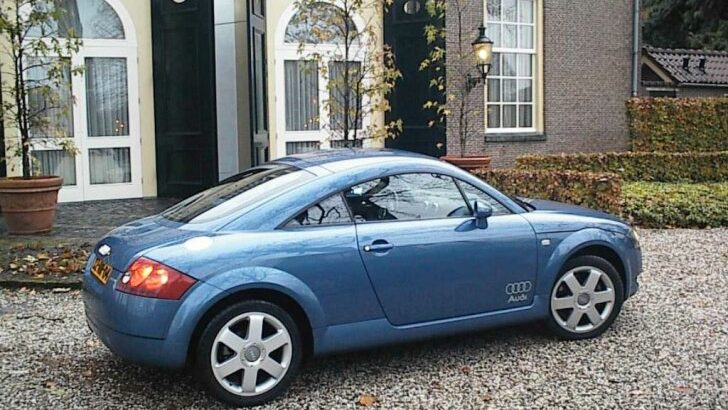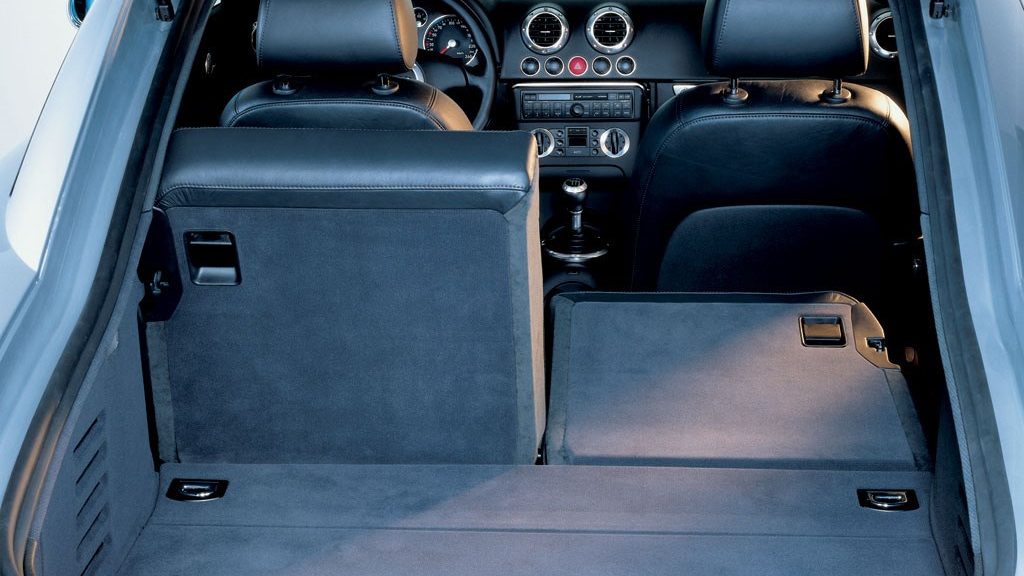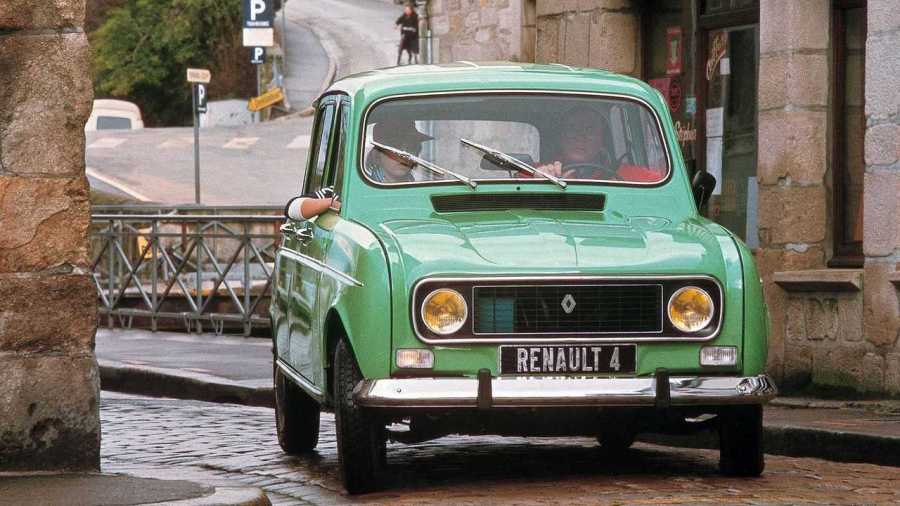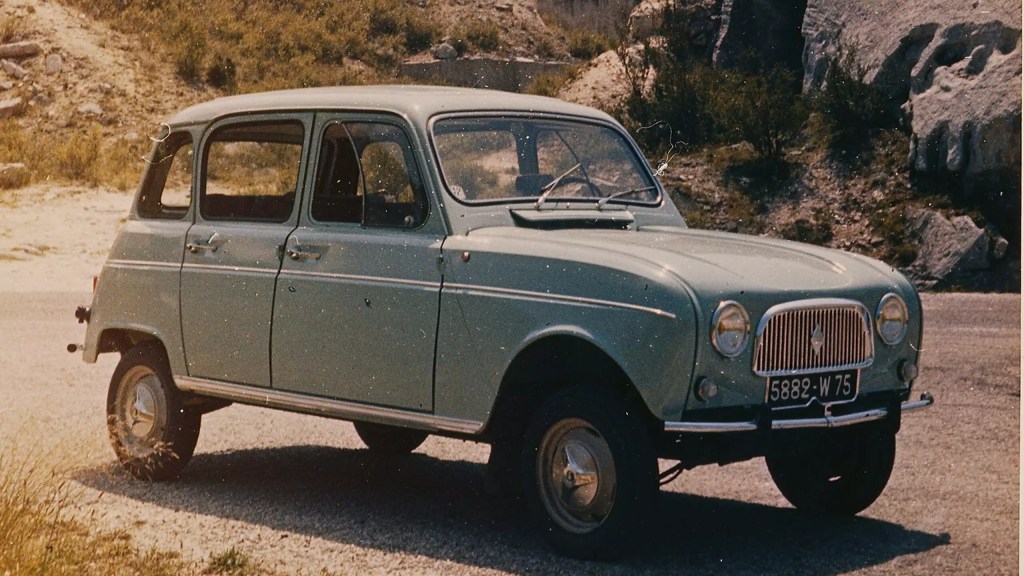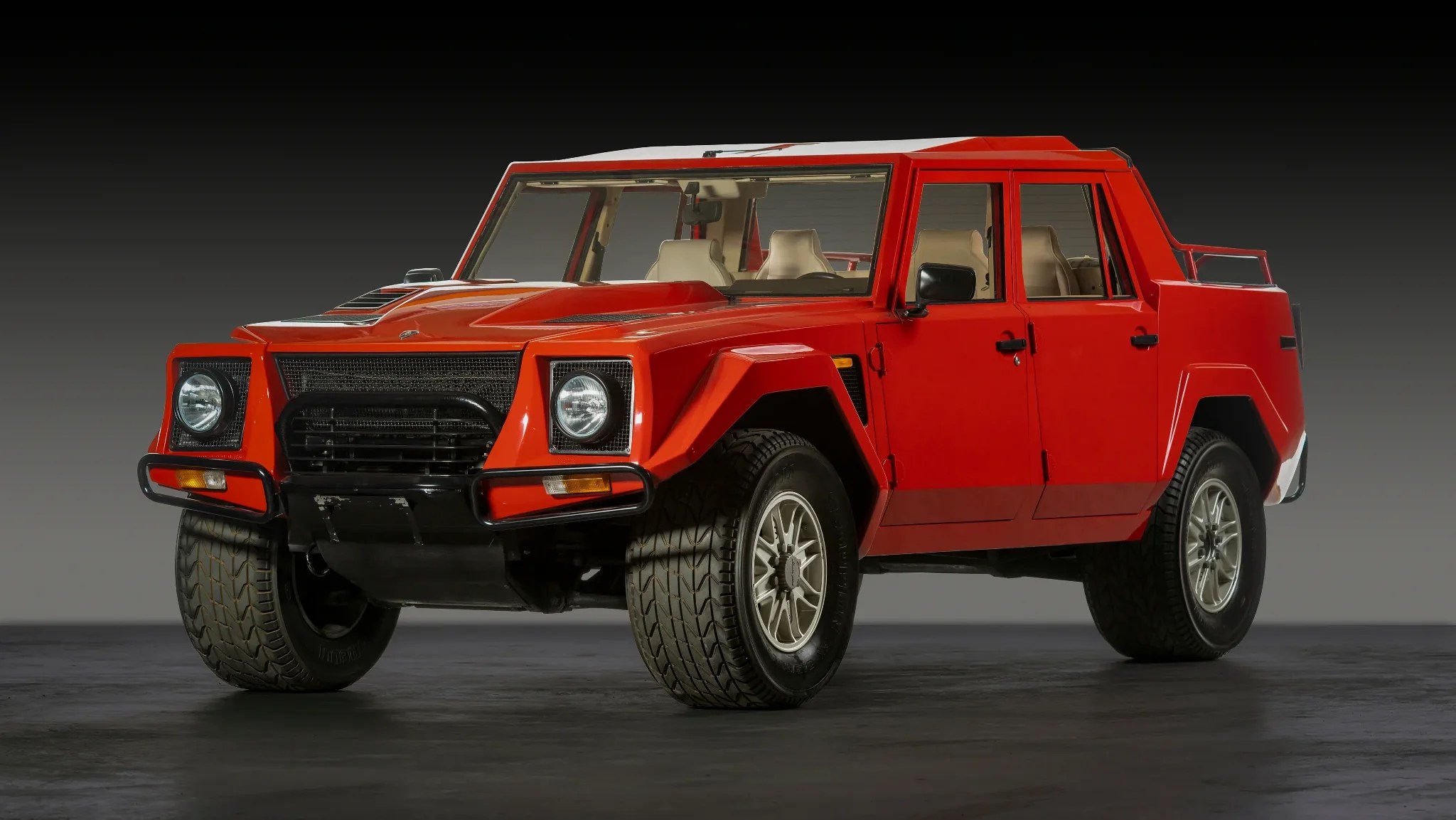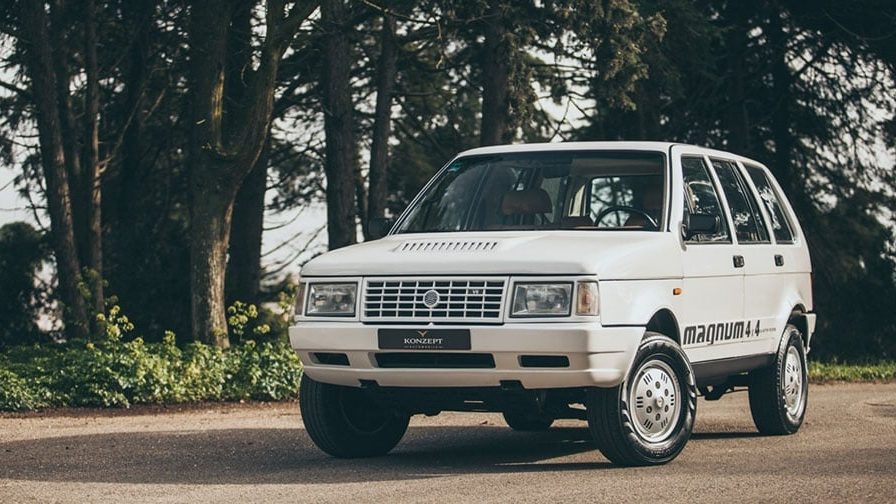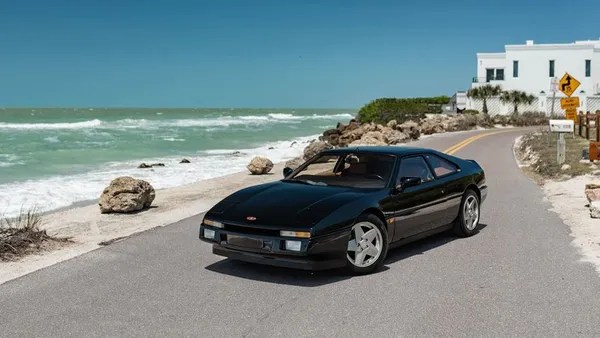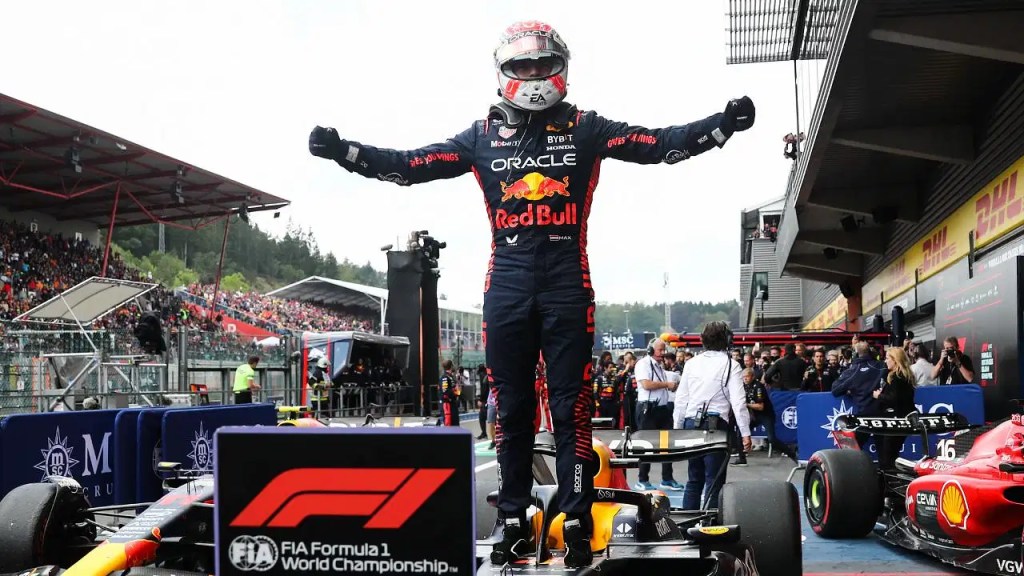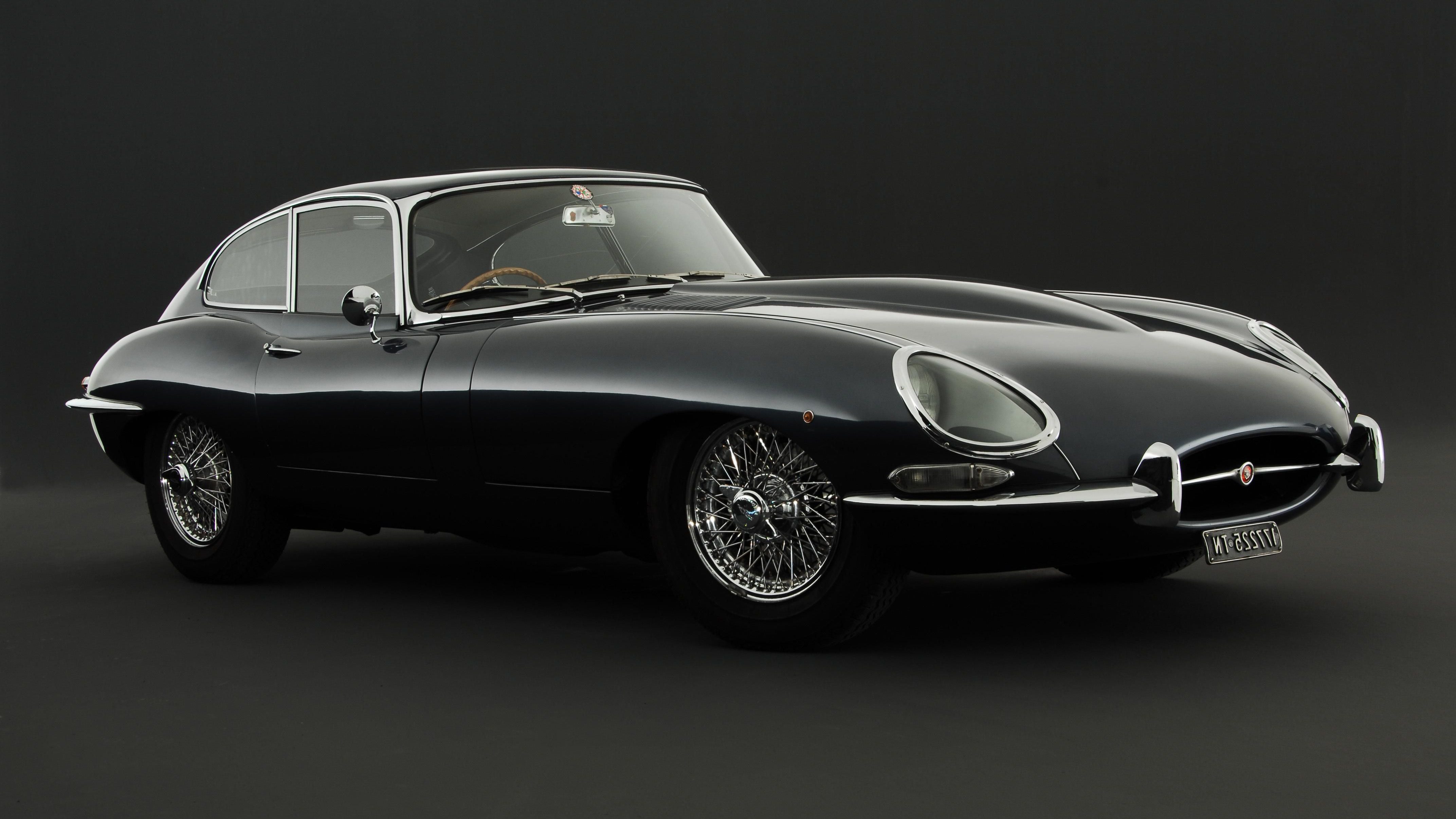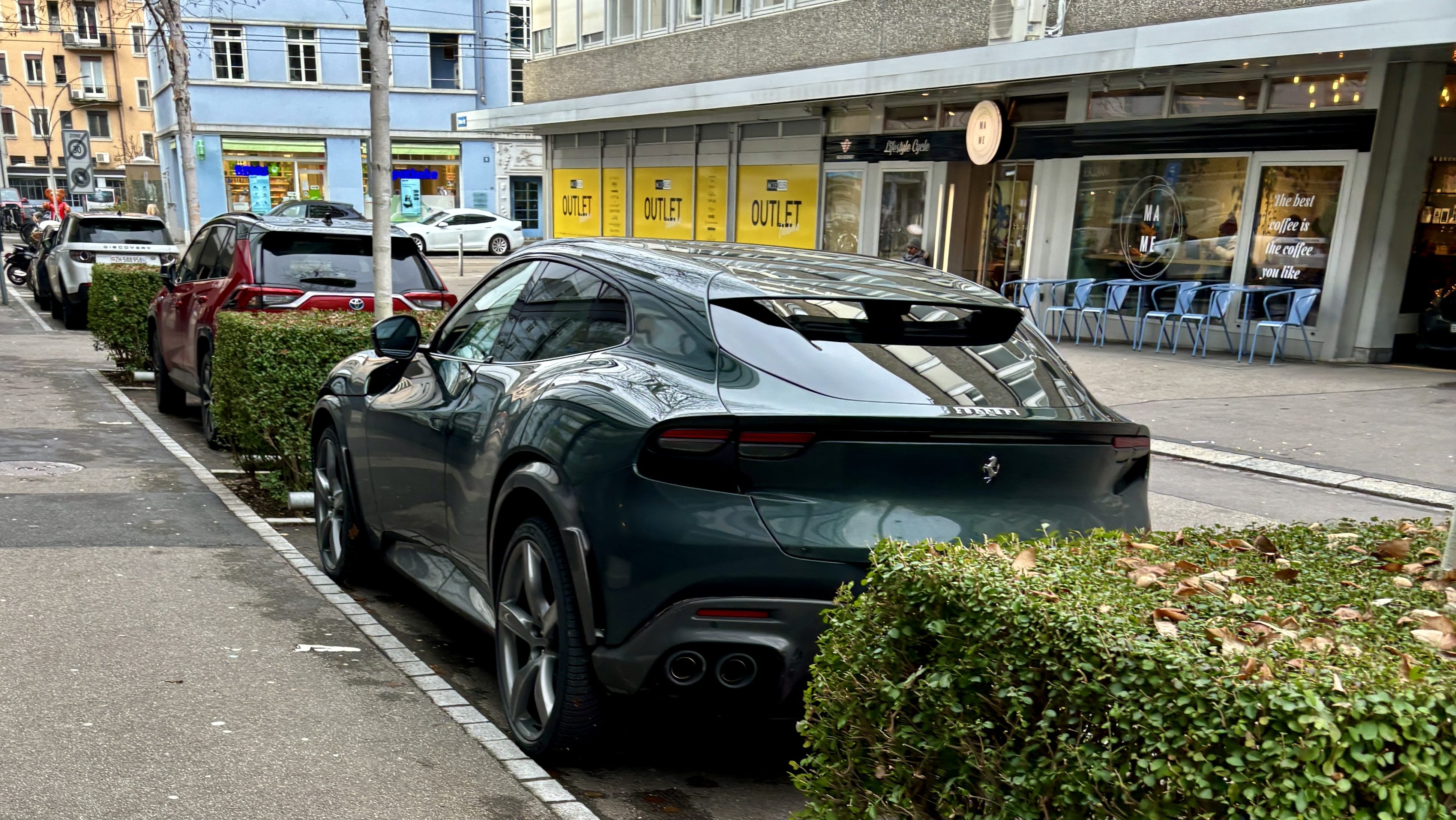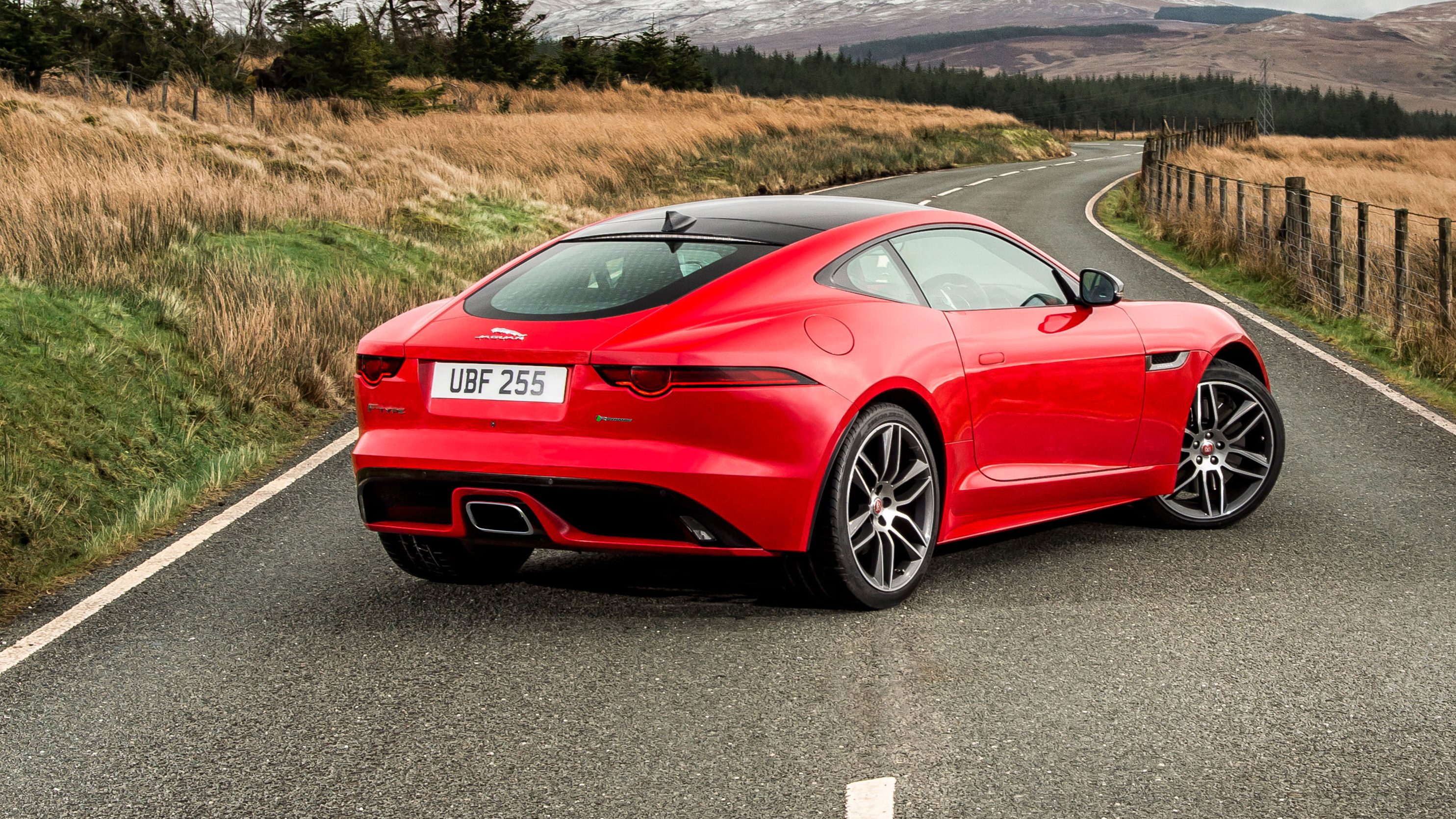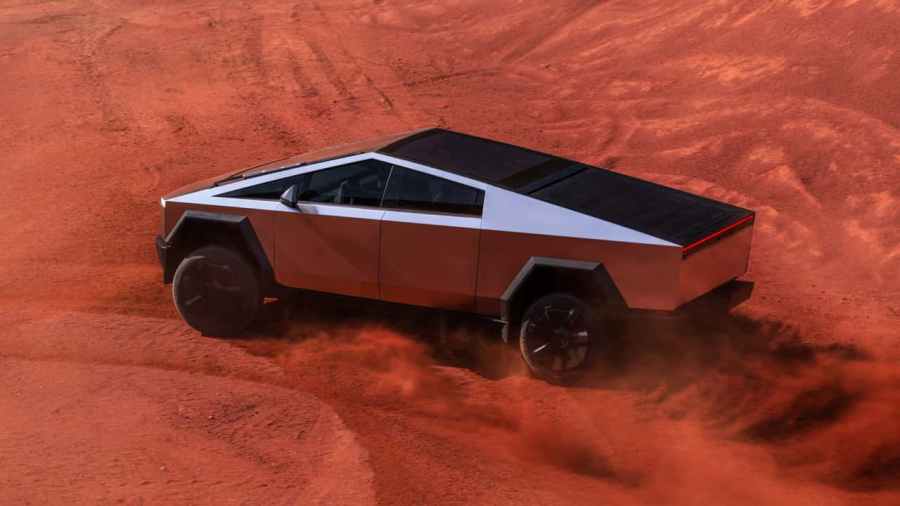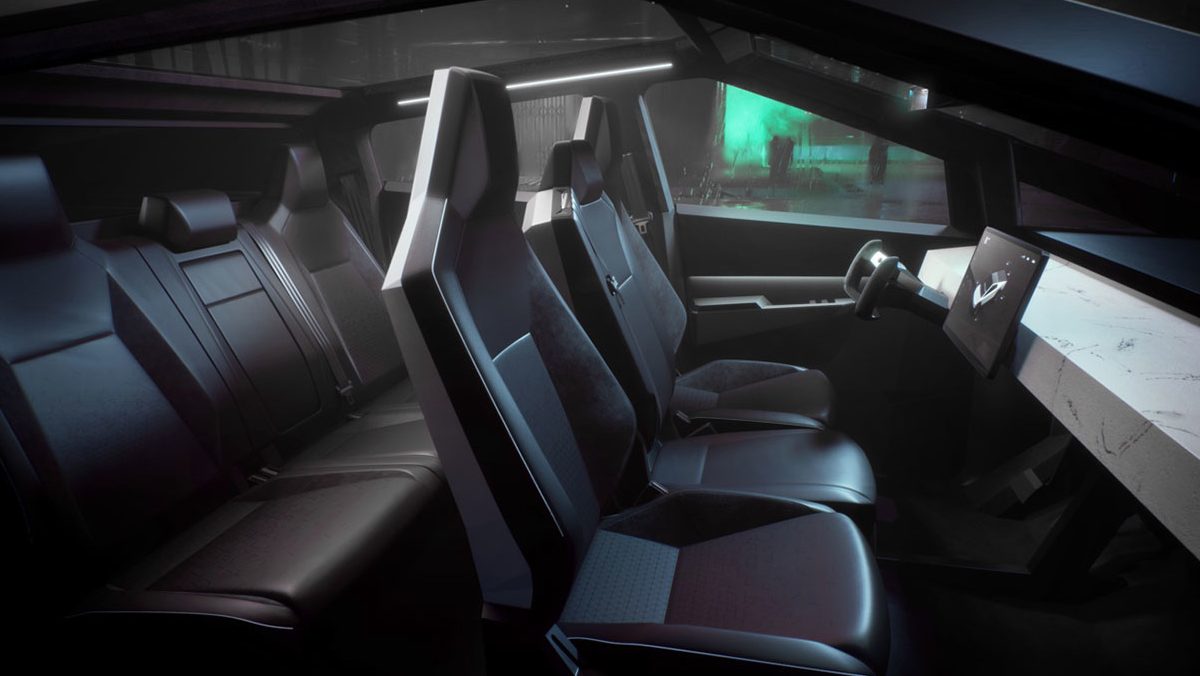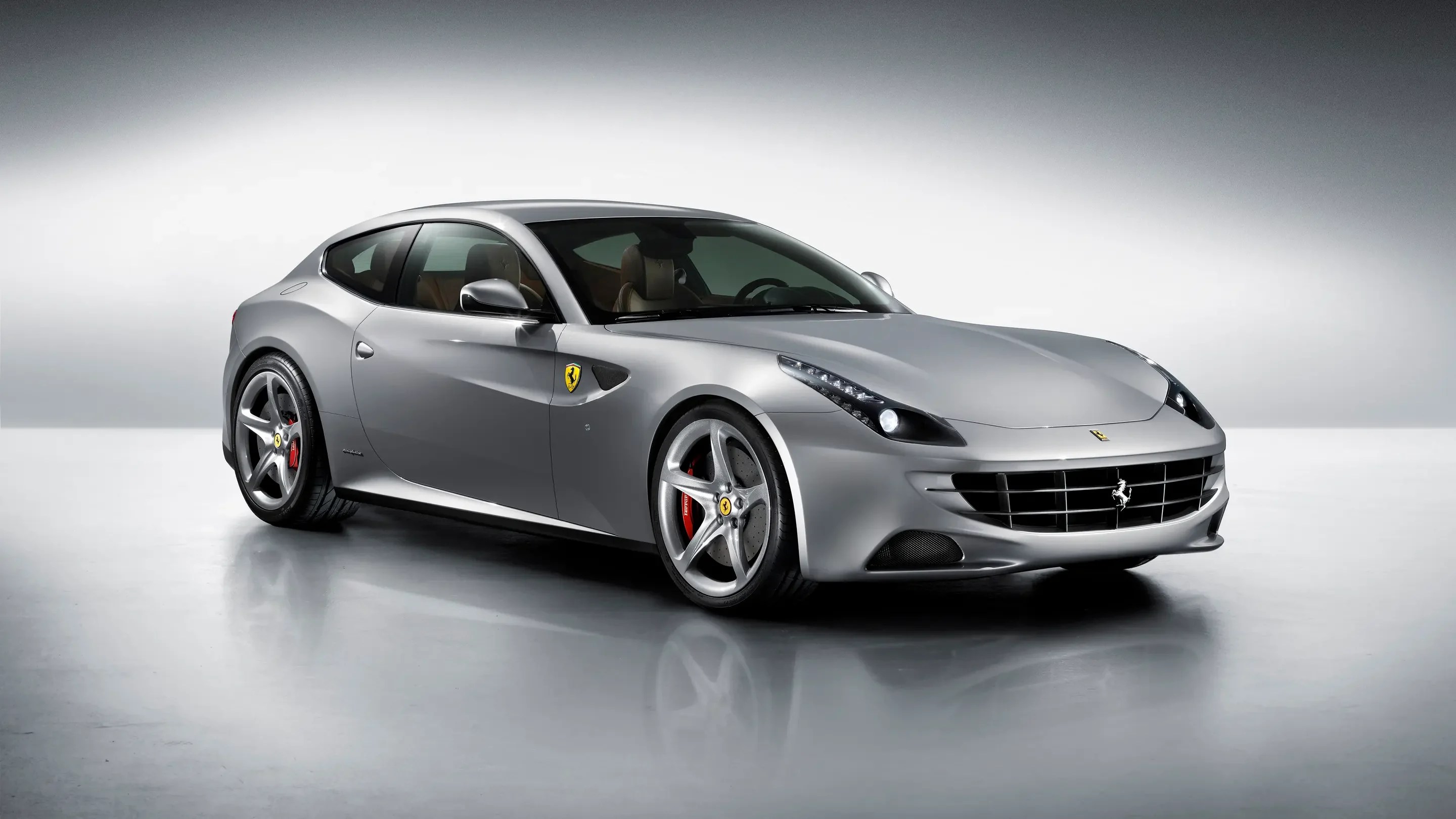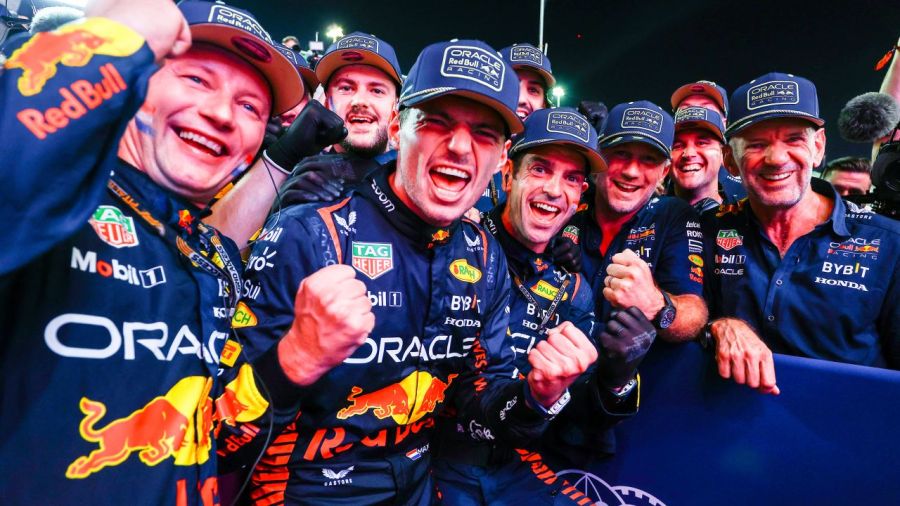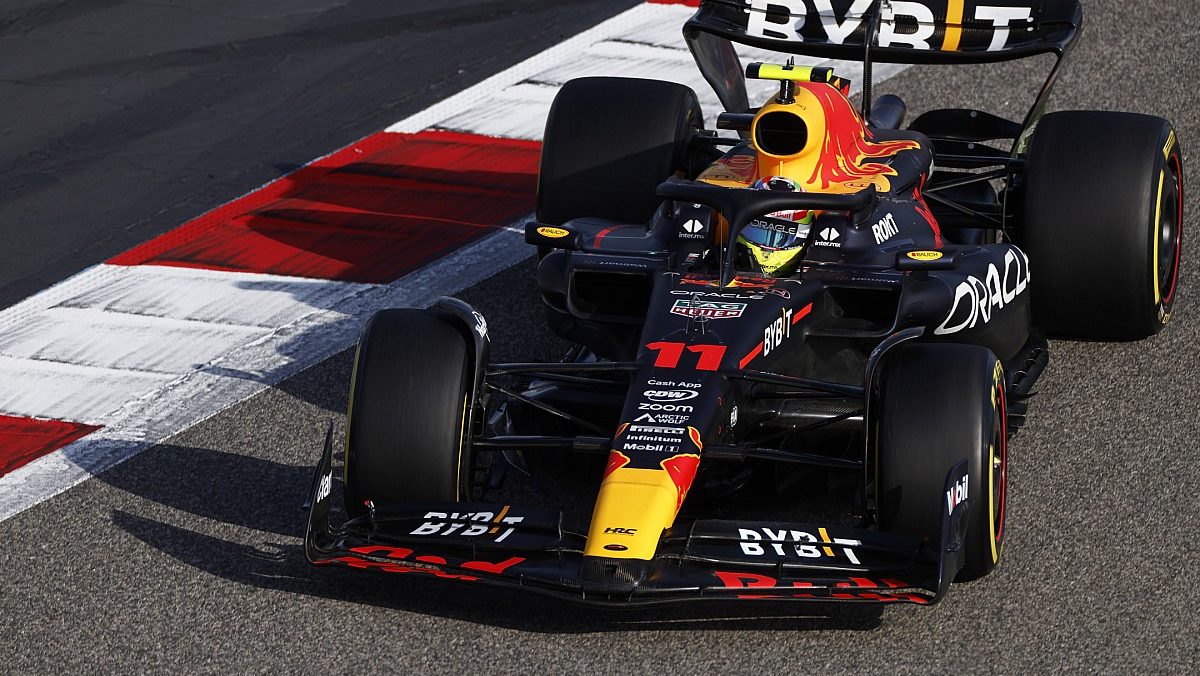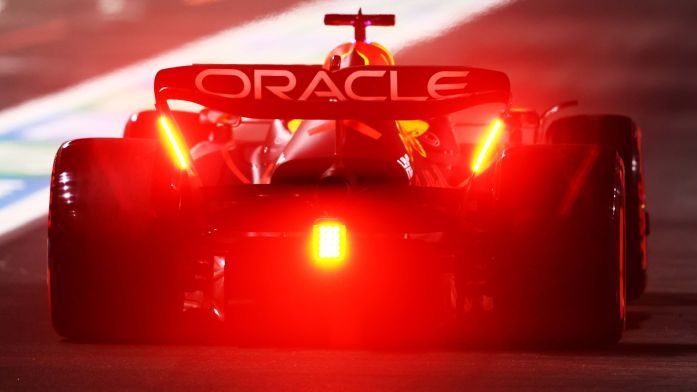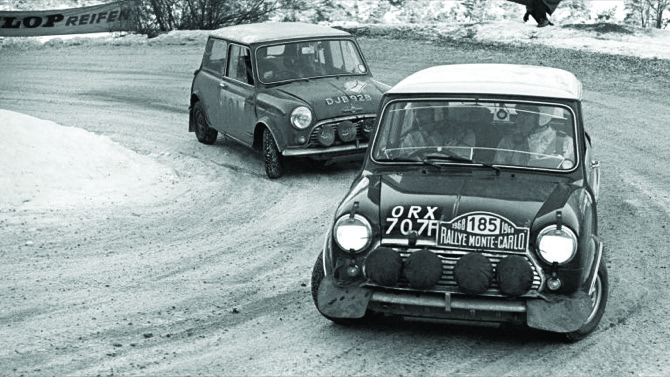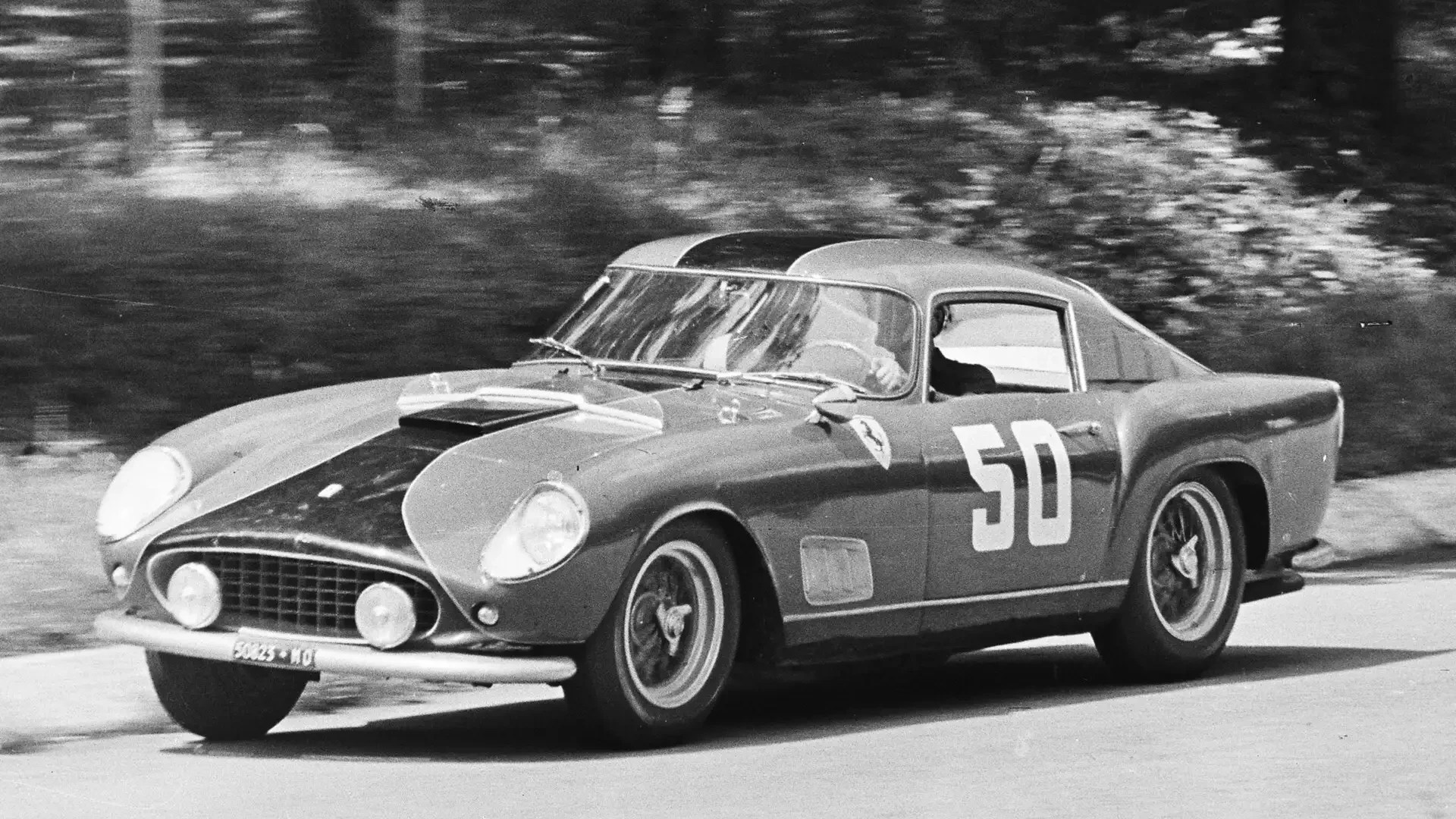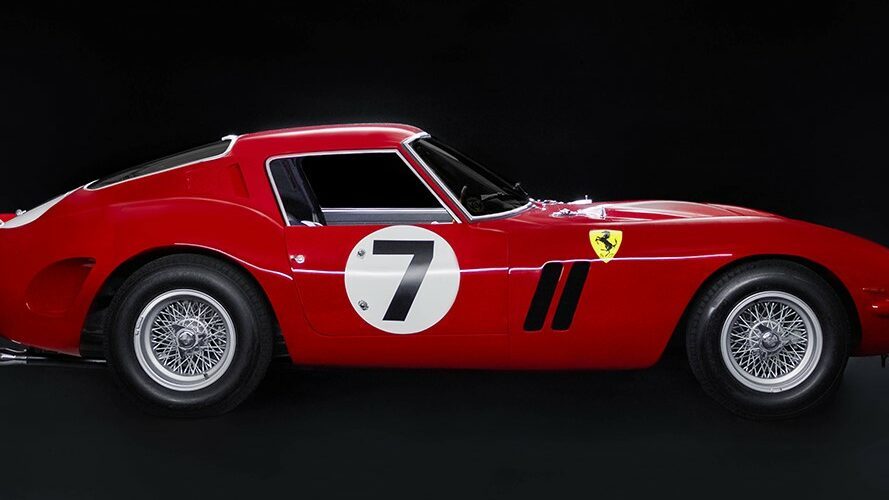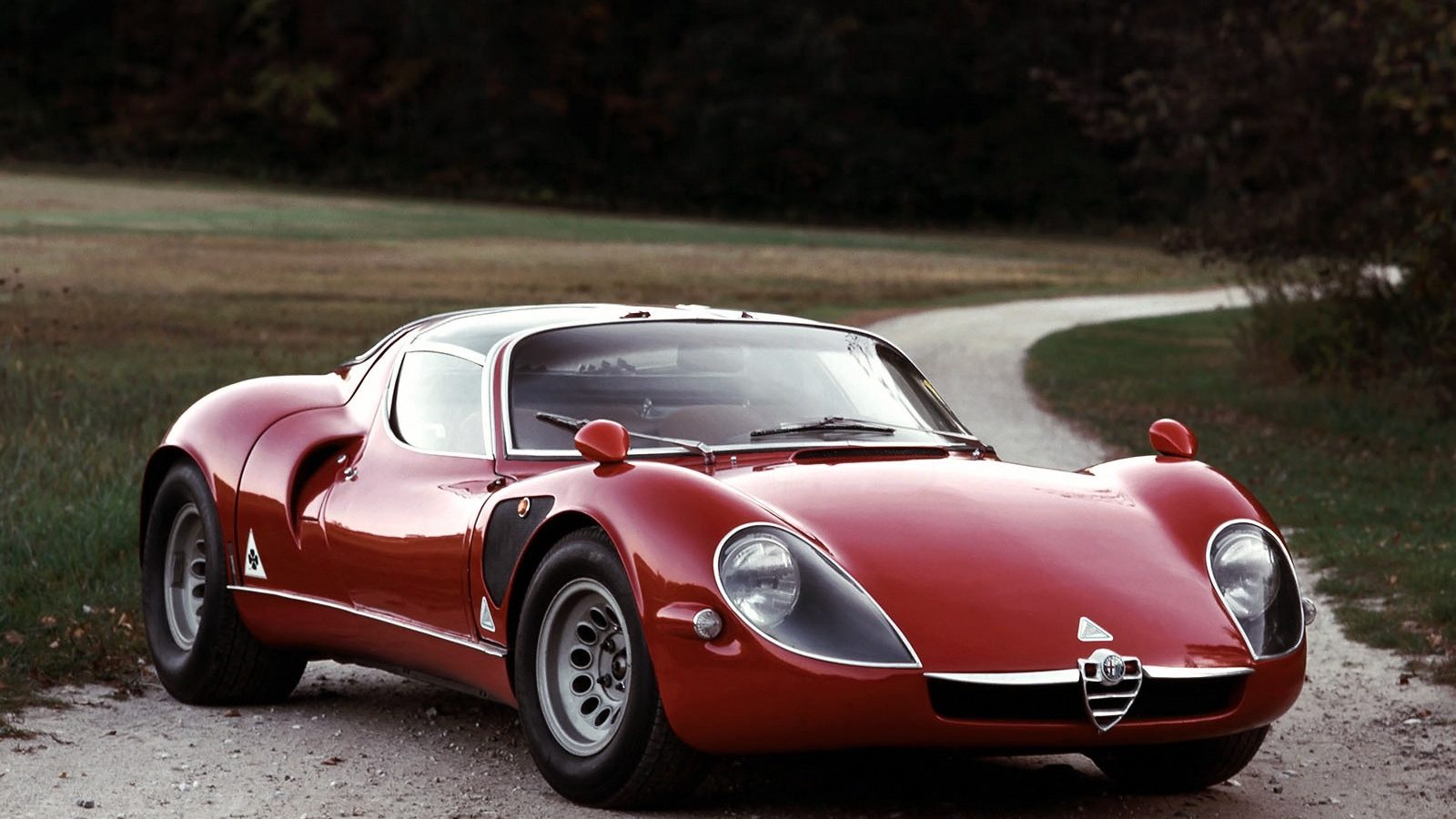Car shows are no longer what they used to be and will probably never return to their grandest formats from some years ago. We can certainly blame Covid which put everything to a halt, after which it never quite resumed, but next to that, the electrification trend also caused a lot of insecurity for a number of years among manufacturers about the direction things were taking and thus what to put on their very costly stand.
One of the main attractions at car shows attraction has always been the more or less spectacular project cars that never become reality, but are used as attention-catchers and from which certain elements are eventually carried over to the following production vehicle. Exactly how much of course varies, but one brand which through the years has retained significantly more than most others from the show stand to the production band, is Audi.
Today we’re going to look at a car that you’ve all seen, and perhaps driven, more times than you can remember, since it’s been with us in different iterations for 25 years, until production stopped in 2023. When it was presented on the Frankfurt Motor Show in 1995, it showed a design which to everyone’s surprise, except for the side window line, would be carried over 1:1 to the production car in 1998, including on the inside.
That made the Audi TT sports coupe revolutionary in its looks, with no one being indifferent to it. I’m one of those who have always liked it, especially that rounded, slightly heavy-looking first series, which you can today have for pocket change, and in that segment (the pocket change one, that is), it’s probably one of the best cars you can buy! Let’s look at why.
The TT’s name was derived from the Isle of Man’s motorcycle race called the Tourist Trophy, at which back in the day, NSU, one of the brands which later merged to become Audi, had seen quite some success. It’s however also said to stand for Tradition and Technique, which rhimes rather well with Audi in general. The coupe was launched in 1998 with the roadster following the year after. The car was front-wheel drive as standard with four-wheel drive being optional, and up until 2003, all TT’s were manual, using a five- or six-speed stick shift.
If the exterior and interior design were both rather spectacular, especially at the time, the mechanical parts were less so. The TT was always intended as a sports car for the masses and therefore used the same platform as notably the Golf Mk IV / Audi A3 / Skoda Octavia. It also had an identical powertrain to its Golf siblings, meaning a four-cylinder between 1.8 and 2 litres with 180 to 225 hp, from 2003 complemented by the 3.2 litre VR6 engine with 250 hp from both the Golf and the Passat.
The TT design was said to be Bauhaus-inspired (a German artistic design movement form the early 1900’s) which is a fine source of inspiration for furniture, but perhaps less so for cars. Despite looking like a soap, at 0.35 the drag coefficient was ok but certainly not spectacular, which was a bit surprising. Even more suprising and rather disconcerting was that the car became involved in quite a few mysterious high-speed accidents, mainly in its home market Germany.
Slightly more mature readers may remember that when it first came out, the TT didn’t have a rear spoiler. What became apparent a bit too late, i.e. after the launch, was that the shape led to a lack of rear downforce at high speeds. The legendary German rally driver Walter Röhrl described it as a feeling of the car travelling backwards if you lifted the pedal in the middle of a high-speed corner, and added in his typical, dry German humour: “driving backwards is something only Röhrl is good at”.
Audi took action by retro-fitting the rear spoiler and also making an ESP system standard, which the TT originally hadn’t had. The problem was solved, but some TT owners chose to ignore the recall such as to have a car in the original shape. Finding one of those today is probably close to impossible, and also not very advisable. Unless you’re Walter Röhrl, that is.
Since the downforce problem was solved, the TT has always been a safe car to drive, even if it’s never been the most fun sports coupe. After all it’s a Golf on the inside, and even if the looks and the interior give some real sports car vibes, you shouldn’t expect miracles. At around 1500 kgs that mostly sit at the front, it’s also not especially light, even if at only 4 metres length, it’s quite handy. All in all, it really is an everyday sports car for the masses, and as long as there’s only two of you, it’s also quite practical with a lot of luggage space if you fold the rear seats, which are unusable for people anyway.
Focusing on the first series that was built until 2006, finding low-mileage cars is getting difficult, proving that everyday usability. That doesn’t have to be a problem though, as long as the car has been properly maintained. As with all cheap sports cars, there will always be the risk that it’s been used a bit harshly, so a close inspection and owner history is as always important. The good thing however, is that even good cars from the early years can today be yours for a few thousand EUR, which is also interesting since the first series starts becoming rare.
I would go for a coupe with the 2-litre four cylinder, more potent than the 1.8 litre and lighter than the six-cylinder, combined with a stick shift, front- or four-wheel drive. I’d look for one of the classical colours (silver is by far the most frequent, but the kind of petroleum blue is quite nice as well) and pay attention to owner and maintenance history. The TT is no Ferrari, but it’s a German built coupe with VW servicing costs which is much more enjoyable than a regular Golf to find in the garage in the morning!




